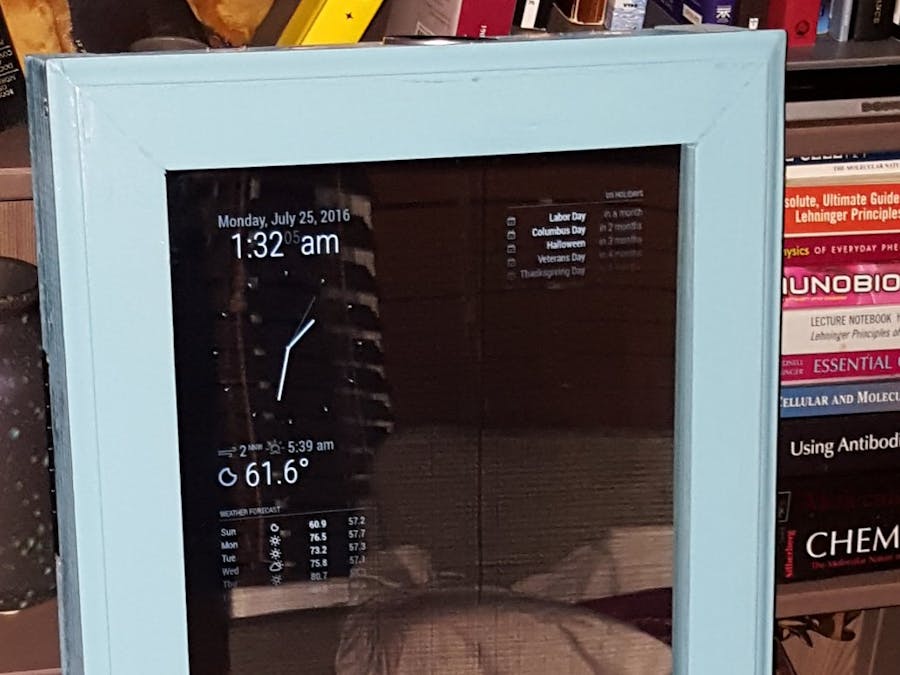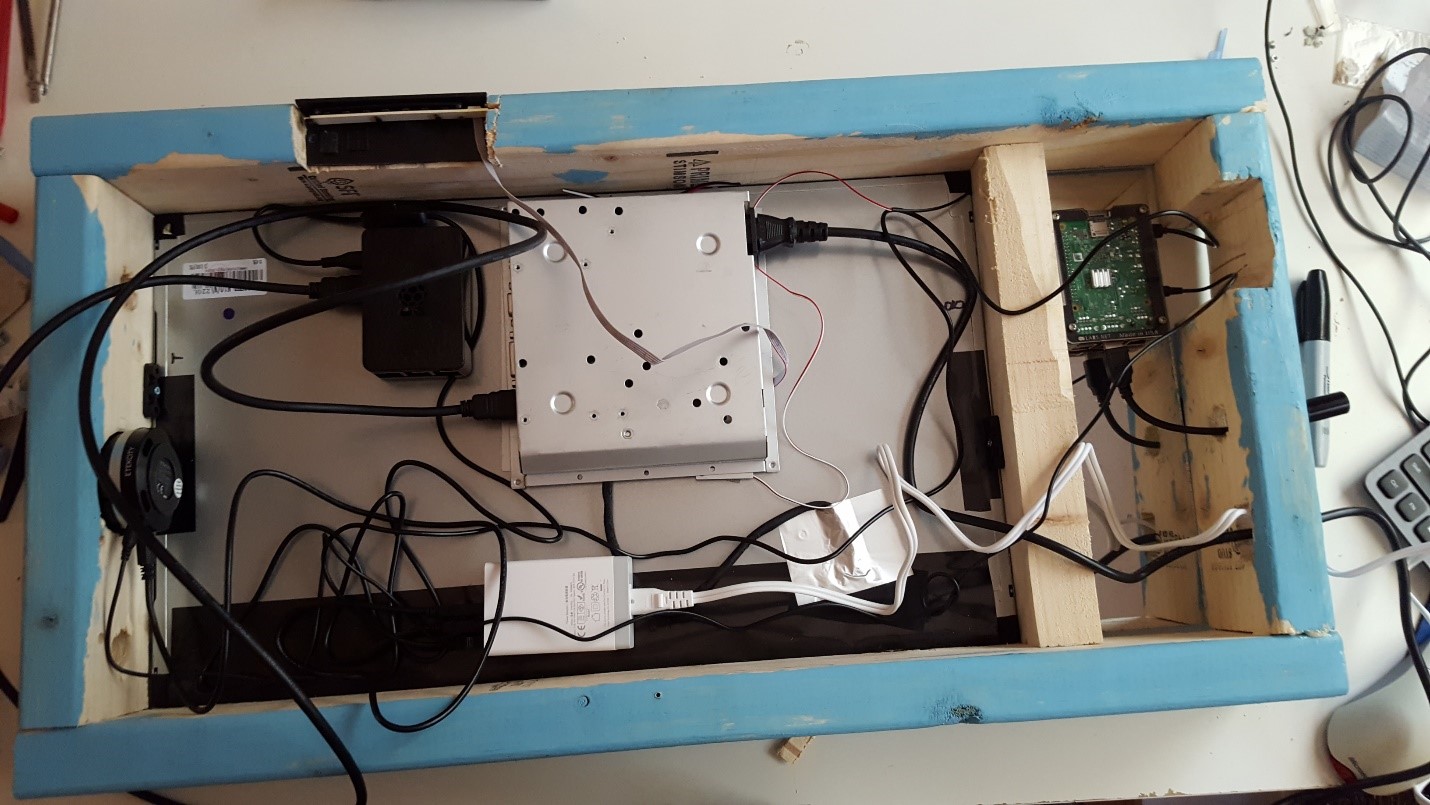I had just moved into a new place where the previous owner went hog-wild on mirrors. I’m not kidding, every room has floor to ceiling mirrors! Not only did I quickly get bored of mirrors, but I got bored at looking at myself in the mirror. Other than the mirrors, my place is cool. Around this time, I had attended one of the Amazon/Hackathon Alexa skills workshop and published a few skills. Then it occurred to me that a talking mirror (i.e. using Alexa) would be awesome.
I then searched the internet to see what other things people have done with their mirrors and came across the Magic Mirror2 and its growing community. I read up on Michael Teeuw’s work on the Magic Mirror2 and realized having both functions (i.e. Alexa voice service and Magic Mirror2) in my mirror would be an awesome combined project. I would like to especially thank Michael Teeuw, the community of magic mirror buffs, and the Raspberry PI Guy for their work and ingenuity. Their files are accessible at the GitHub repository and has inspired me to put together the “Alexa Magic Mirror2”.
Also, I have submitted an Alexa skill set which can be found here:
https://www.hackster.io/justadude/deep-thoughts-5498eb?ref=challenge&ref_id=38&offset=9
Here are some links to of my published Alexa Skills in the Alexa Skills store:
"Water Fact": http://www.alexaskillstore.com/other/water-fact/37964
"Shark Facts": http://www.alexaskillstore.com/other/shark-facts/37971
"Quotes": http://www.alexaskillstore.com/lifestyle/quotes/21224







Comments
Please log in or sign up to comment.